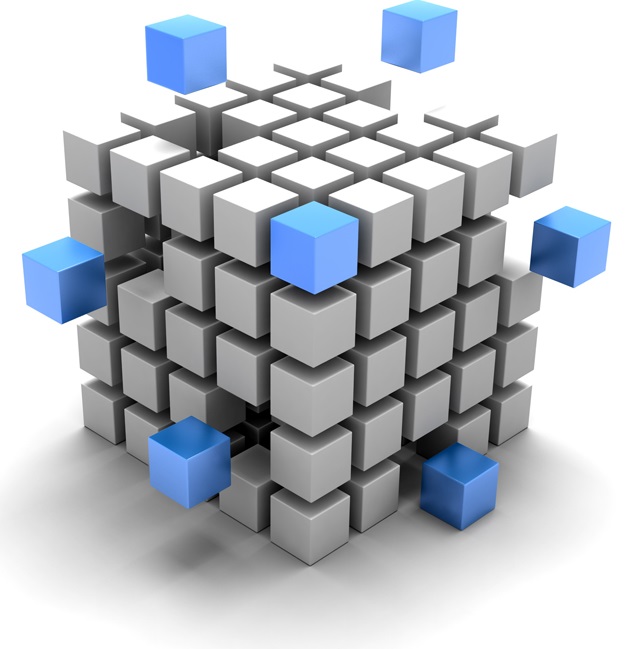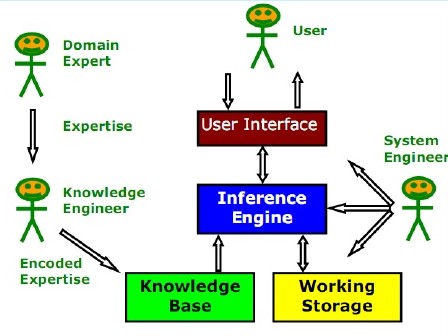Business performance improvement is a core goal of organizations. They develop core capabilities that drive a sustained transformation to achieve the set strategic objectives. Further, high-performance firms adopt policies for change management and adaptation to remain competitive in an unpredictable business environment. One capability that impact organizational performance is information technology (IT). Significant competitive gains are linked to superior IT resources that support digital business. Strategic integration of IT into organizational processes is seen as a way to promote greater digitization and transform a firm. IT-driven transformation encompasses the competitive capabilities drawn from information technology. The transformational potential of IT is seen in business processes, relations, consumer experience, clients, and disruption. Thus, a fundamental characteristic of digital transformation is the ability to change traditional models or confer new capabilities. The technologies should alter firm operations, support expansion to different markets or customers, and yield competitive gains. Conceptually, digital transformation encompasses Continue reading
Information Systems Management
Benefits of Blockchain Technology for Business
Blockchain is a technology for recording and storing information, first introduced by a person or a group of people under the pseudonym Satoshi Nakamoto in 2008. Initially, this technology was developed as a fundamentally new way of working with data that would not be subject to retroactive modification. This principle of operation was necessary to protect the data stored in blockchains. However, on the market, blockchain was presented as a system that allows you to work with cryptocurrencies – the latest invention of digital money with a decentralized deposit guarantee system. In terms of technology, a blockchain is a list of records, each of which is formed into a block and contains information, a cryptographic hash, about the previous block. In the case of cryptocurrencies, this is the timestamp and transaction data, which is usually represented as a Merkle tree. The timestamp ensures that the previous and current transaction data Continue reading
The Pros and Cons of Bitcoin
The Bitcoin was designed to be the perfect virtual currency. Bitcoin is completely anonymous, cryptographically secure, and friction-less. It is also invisible to law enforcement as well as the taxman. It can be seen as the holy grail of payments for anyone trying to avoid bank fees while spending money domestically or abroad. On another note it is the perfect trading grounds for members of the underground economy, attempting to avoid law enforcement and prosecution. Although there are many pros in the use of Bitcoins, there are always cons. Nothing is perfect. The strengths of Bit coin can also be considered its weaknesses. Once the money is sent, it is sent, it was designed so that there is no trust required between buyer and seller, payment was guaranteed, as soon as it enters the account, it cannot be taken back unless the seller refunds it. Not many people are willing Continue reading
Online Analytical Processing (OLAP) – Definition, Architecture and Functionality
OLAP Council (1997) define Online Analytical Processing (OLAP) as a group of decision support system that facilitate fast, consistent and interactive access of information that has been reformulate, transformed and summarized from relational dataset mainly from data warehouse into Multi-Dimensional Databases (MDDB) which allow optimal data retrieval and for performing trend analysis. OLAP is an important concept for strategic database analysis. OLAP have the ability to analyze large amount of data for the extraction of valuable information. Analytical development can be of business, education or medical sectors. The technologies of data warehouse, OLAP, and analyzing tools support that ability. Online Analytical Processing (OLAP) enable discovering pattern and relationship contain in business activity by query tons of data from multiple database source systems at one time. Processing database information using OLAP required an OLAP server to organize and transformed and builds MDDB. MDDB are then separated by cubes for client OLAP Continue reading
Global Impact of Information and Communication Technology (ICT)
In recent years, the evolution of the concept of training has been dazzled by the emergence and consolidation of information and communications technologies (ICT), the Internet and its implementation on the World Wide Web has facilitated access to all types of necessary information, causing a considerable increase in interactivity between people from different continents and countries of the world, providing the possibility of developing their skills and abilities for teleworking, multicultural interaction, access to information, knowledge and education with the objective of reducing the digital divide, this being the subject addressed in this article. Globalization consists of the increasing communication between the different countries of the world unifying their societies, societies and cultures markets, through a series of transformations at a global level. Communications and computing are the engine of globalization, since that advances in computing and electronic elements used for communications have been admirable in the field of global Continue reading
What is Expert System?
An expert system is an advanced computer application that is implemented for the purpose of providing solutions to complex problems, or to clarify uncertainties through the use of non-algorithmic programs where normally human expertise will be needed. Expert systems are most common in complex problem domain and are considered as widely used alternatives in searching for solutions that requires the existence of specific human expertise. The expert system is also able to justify its provided solutions based on the knowledge and data from past users. Normally expert systems are used in making business marketing strategic decisions, analyzing the performance of real time systems, configuring computers and perform many other functions which normally would require the existence of human expertise. The difference between an expert system with a normal problem-solving system is that the latter is a system where both programs and data structures are encoded, while for expert system only Continue reading




